Ellison Adger Smyth was born Oct. 26, 1847 in Charleston, SC. While growing up in the Holy City, young Ellison worked as a junior partner in a family-owned hardware business until his lofty aspirations led him to something greater.
Long before the enactment of labor laws, Ellison set up a system in his mills to prevent the employment of children under 12 while providing schooling up to that same age. An innovator, Smyth’s mills were the first to use electric generators, and in 1895, he installed the first Draper Automatic Looms ever sold. By the early 1920s, Pelzer Manufacturing was the south's most successful mill, paying $3,800,000 in dividends.
In 1910, at the age of 63, Smyth began raising money for what he said would be the most modern and beautiful building in the country. Instead of using the traditional red brick, his mill would be built using grey brick and black mortar. The announcement of this new mill led to the largest attendance of a quarterly meeting at the Greenville Board of Trade. People were refusing to wait in line and fighting to invest in the new mill. The mill was capitalized for $1,000,000 and called, Dunean, after a town in Northern Ireland where Ellison’s grandfather owned a linen factory.
During his life, the Charleston native was directly involved with organizing 20 Upstate mills and 30 different banks and organizations. These organizations included Greenville Rotary Club, the Poinsett Club and the Sans Souci Country Club.
Smyth died at his home, Connemara, in Flat Rock, North Carolina, on Aug. 3, 1942. His home was eventually sold to the American poet and biographer, Carl Sandburg.
Story Photo Gallery
 About the Author: Teresa Slack, Research Director on the documentary, Building an Empire: The Textile Capital of World. Originally from Colorado, she has made Greenville her home for the last 41 years.
About the Author: Teresa Slack, Research Director on the documentary, Building an Empire: The Textile Capital of World. Originally from Colorado, she has made Greenville her home for the last 41 years.

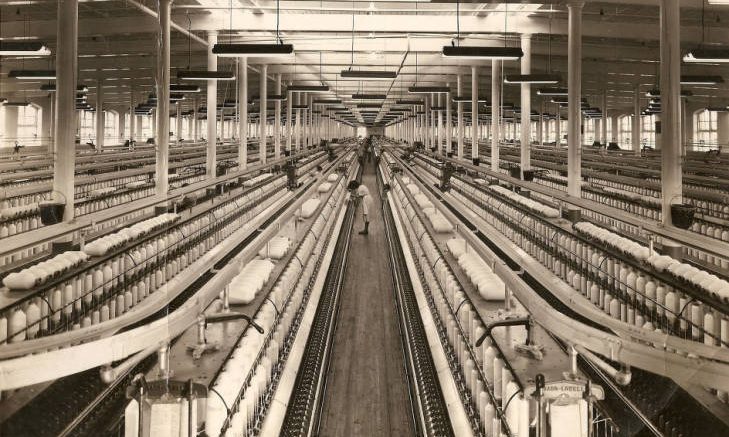
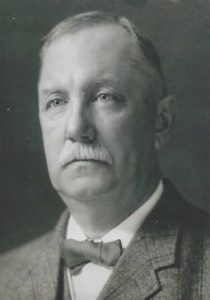
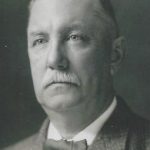
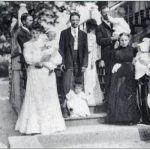
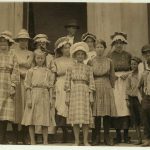
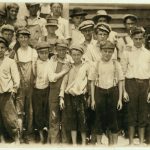
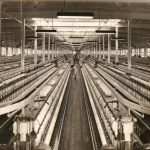
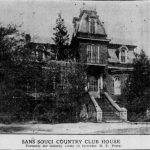
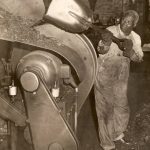
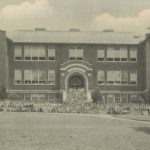
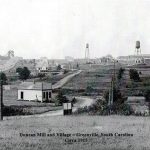
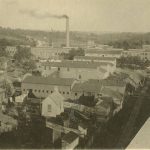
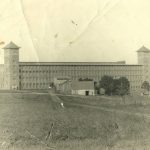
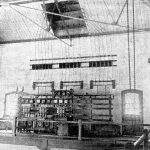
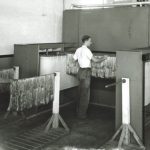
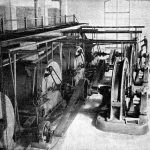
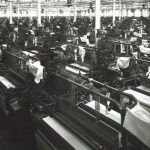
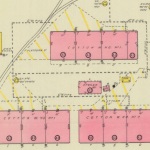
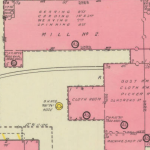
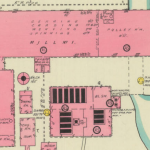
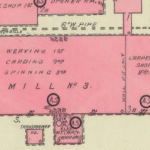
Be the first to comment on "The Story of Ellison A. Smyth and Pelzer Manufacturing"